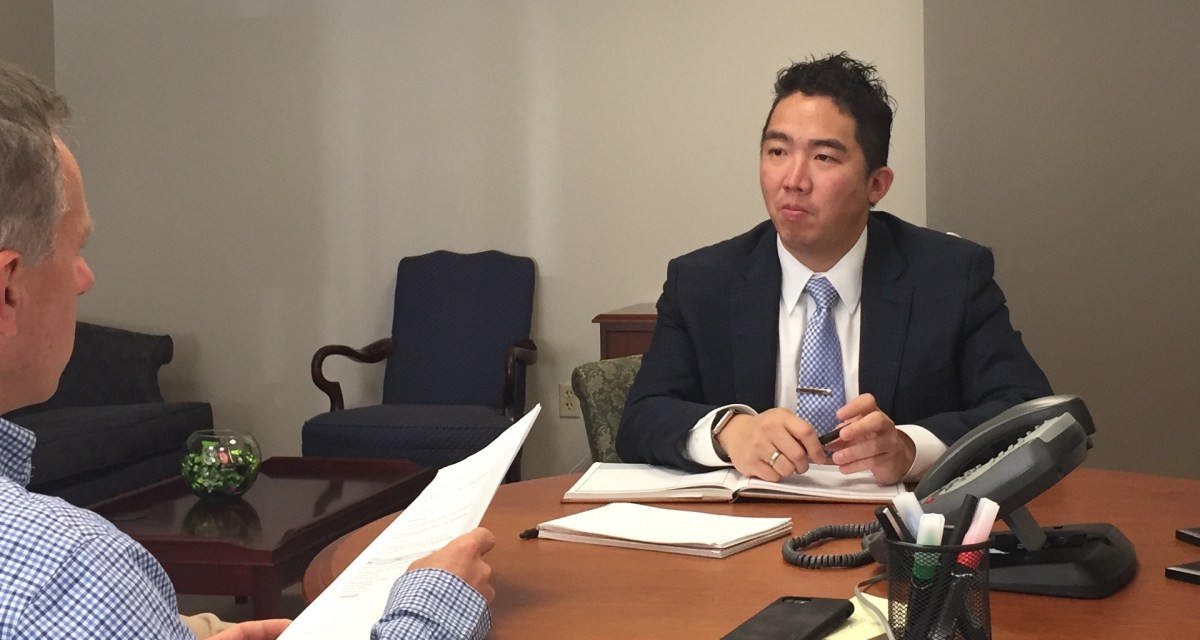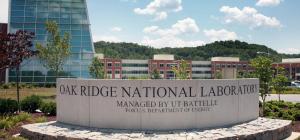From pandemic data to AI, first GAO Innovation Lab director reflects on progress

Over the past five years, the Government Accountability Office’s inaugural Innovation Lab director, Taka Ariga, treated the component as something of a startup organization.
That initially meant having “existential crises on a daily basis” about the identity of the unit, which is focused on modernizing the way the congressional watchdog audits, and eventually grew into winning “confidence on a bipartisan level” from stakeholders, Ariga told FedScoop in an interview.
Now the lab that began in 2019 has transformed into the GAO component responsible for projects including a prototype generative artificial intelligence solution, which is getting close to its user testing phase, and a recent data-science-driven report that found quality issues with audits of non-federal entities that receive federal awards.
“We had to crack the sort of secret sauce when it comes to ‘how do we actually innovate within an oversight community like GAO?’” Ariga said.
As Ariga leaves to become the chief data officer at the Office of Personnel Management, he said he hopes the Innovation Lab will continue to be the “vanguard of experimentation and exploration” for Congress and international partners as well.
That future could include using emerging technology to support Congress as it figures out how to navigate needs arising from a Supreme Court decision striking down the Chevron legal doctrine, which required courts to defer to a federal agency’s interpretation of ambiguous statutes, Ariga said. He pointed to the speed of the watchdog’s evaluations as an area, for example.
“Timing is right,” Ariga said of his departure. “We have a lot of really exciting projects coming online, and so if I have to make a change, this is not a bad time for me to take on a new challenge.”
Innovative accomplishments
One of the lab’s first milestones was the creation of a dashboard during the pandemic that focused on statistics that were relevant to the GAO’s operations in different parts of the country. That tool helped explain to employees why operational decisions were made, he said.
Ariga said the lab later took that project further by making projections based on that information about what the next month or quarter would look like for GAO. “That was the first sort of demonstration of what the Innovation Lab could do, and then we went from there,” Ariga said.
More recently, those accomplishments include a report on single audits, reviews of nonfederal entities that spend more than $750,000 in federal funds a year to ensure they’re complying with the requirements for those awards. The report found that over a five-year period, $1.17 trillion in direct federal awards to those entities were linked to audit findings of material noncompliance, lack of information about compliance, lack of control over compliance, and noncompliance findings that were repeated over multiple years.
To carry out that report, the lab worked with GAO’s Financial Management and Assurance team and developed a tool that allowed them to “deep dive” in the single audit repository, looking for needles in a haystack to identify specific issues, Ariga said. Already, he noted, Congress has taken action on those findings, turning that into a legislative agenda, and the lab is starting to engage with other teams at GAO as well.
Another milestone Ariga highlighted is the lab’s ongoing work on the agency’s generative AI prototype, Galileo, which it plans to roll out to certain in-house users in late September for testing. That project under the Innovation Lab started last year as a more sophisticated way to query the agency’s library of reports.
Rather than building a large language model of its own or subscribing to an existing platform, GAO elected to use a generative AI-managed service through its cloud provider and landed on Anthropic’s Claude 3.5 as the backbone of that new tool.
The testing phase will involve roughly 100 volunteer participants from across the agency who will try applying the tool to various uses. That activity will then be tracked to determine what questions are being submitted and potential compliance issues, Ariga said.
Back when that project was first getting started, Ariga told FedScoop the agency wanted to refrain from having a generative AI tool that couldn’t explain how it got its answers. To address that, the lab spent time developing the user interface for the prototype that gives a citation to its sources so that users know the answer is coming from a GAO repository as opposed to “weird corners of the internet,” he said.
Lessons learned
Standing up the lab also came with a variety of lessons learned, including how to approach co-development and having a bias toward taking action.
With respect to co-development, Ariga said there’s a need to engineer solutions that actually resemble the way that workers do their jobs, and as such, he said the Innovation Lab works to develop projects with mission teams within GAO. When it comes to taking action, Ariga said speed has been key.
“Using speed as a North Star also allows us to pivot quickly if something doesn’t work out, so we’re not then sort of draining the … limited resources that GAO has,” he said.
Other lessons include delineating what should be done versus what could be done; not bothering with a solution if it can’t be scaled and sustained; and, unlike academic institutions, treating plagiarism as something of a good thing in the innovation space, Ariga said.
When it comes to sharing information, Ariga said that “nobody should have to relearn the lessons that we already did. As a matter of fact, we would love for others to build upon what we’ve done, so that we can borrow that somewhere down the road.”
Next steps
As the new top data official at OPM, Ariga will oversee the enterprise data and AI portfolio, including the agency’s chief AI officer.
While Ariga said human capital will be a new domain for him, it’s something he’s excited about. Without a “cadre of digital literate workers” in the federal government, he said the adoption of technology like AI won’t work.
The role, he said, aligns with the agency’s desire to become a hub “for human capital data within the federal government.” Serving the roughly 2 million federal civil servants and positioning OPM as a shared service of human capital resources is something Ariga said he found “compelling” about the opportunity.
Ultimately, Ariga said that what the Innovation Lab has accomplished “wildly” exceeded his expectations, calling it “an opportunity of a lifetime.” Ariga said he looks forward to the lab’s next chapter of pushing innovations to the forefront.






